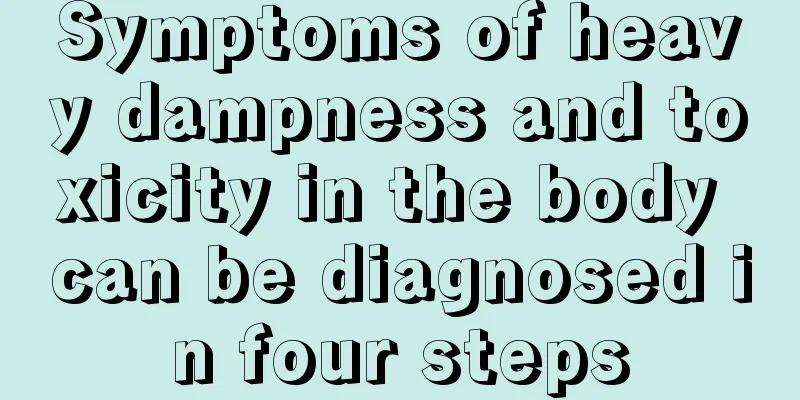Are lumbar degenerative changes serious?

|
Lumbar degenerative changes are a relatively serious symptom. Under normal circumstances, the function of the lumbar spine will gradually degenerate with age, which is why the elderly have difficulty in moving. If young people experience degenerative changes in the lumbar spine, it is very serious and will cause the patient to be unable to walk upright and experience numbness in the lower limbs. It will also affect our normal walking, so we need to seek timely treatment. Lumbar degenerative disease refers to the physiological and pathological process of natural aging and degeneration of the lumbar spine. The lumbar spine is the hub of human trunk movement, and all body activities increase the burden on the lumbar spine. With age, excessive activity and overload accelerate the aging of the lumbar spine. Severe lumbar degenerative diseases can cause low back and leg pain and even nerve damage, affecting work ability and quality of life. Clinical manifestations Low back pain and decreased lumbar support function This type of symptoms is mostly caused by degeneration of the intervertebral disc, wear and hyperplasia of the lumbar facet joints, lumbar scoliosis, lumbar spondylolisthesis, etc., and is characterized by worsening after standing fatigue and relief after bed rest. 2. Lower limb pain and numbness, intermittent claudication This type of symptom is mainly related to intervertebral disc herniation, osteophyte hyperplasia or spinal canal stenosis compressing the nerves and affecting the nerve blood supply. The leg pain caused by typical lumbar disease is often manifested as sciatica, that is, pain starting from the waist or buttocks, radiating from the back of the thigh and the outside of the calf to the foot. The main symptom of intermittent claudication is that after walking for a certain distance (usually the walking distance gradually shortens as the disease worsens), the lower limbs experience soreness, numbness, swelling and pain, as if filled with lead, making it difficult to walk. At this time, the symptoms can be relieved after bending over, sitting down or squatting to rest for a while, but they will worsen again after starting to walk. 3. Urinary and sexual dysfunction This type of symptoms may manifest as weak defecation and urination, incomplete defecation, urinary retention, decreased sexual sensitivity, impotence, abnormal erection, etc. Male urinary problems are sometimes difficult to distinguish from prostate hyperplasia. Some scholars believe that male urinary problems caused by lumbar spine diseases are often mild or severe, while the severity of urinary symptoms caused by prostate diseases is relatively constant. prevention Lumbar degeneration is primarily a physiological process that changes with age, and in this sense it cannot be prevented. However, because many factors can accelerate the process of lumbar aging and degeneration, causing a series of diseases and symptoms, you can pay attention to the following aspects to delay lumbar degeneration and reduce the chance of disease. 1. Avoid waist trauma and excessive fatigue. 2. Quit smoking. 3. Maintain correct standing and sitting posture. 4. Try to stay happy |
<<: Degenerative changes of meniscus
>>: What is the angle for intramuscular injection?
Recommend
Ovarian Cancer Types
Ovarian cancer is very complex. There are many ty...
How to carry out education towards health?
Education is a great guarantee of health. With ed...
How long does it take to recover from eye pterygium surgery
Having pterygium in the eye is not a particularly...
Who should not drink burdock tea?
Burdock tea is a kind of tea with burdock as the ...
The baby is very irritable when sleeping at night
Why does my baby sleep uneasily and become irrita...
Six lifestyle habits to be healthier if you do them in reverse
Rest when tired, drink water when thirsty, and se...
Don't put these 5 things on your bedside that may kill you
Soft cushions, fresh green plants, alarm clocks t...
The difference between peripheral blood and venous blood
Peripheral blood refers to finger blood and earlo...
What to do if you have big feet
If the feet are too big, it will affect the appea...
What to do if oral ulcers recur repeatedly
Oral ulcers are relatively common in clinical pra...
The most valuable auxiliary examination for tongue cancer
What is the most valuable auxiliary examination f...
What to use to wash clothes with oil stains
How to wash oil stains on clothes? Nowadays, the ...
Is the ovulation period before or after menstruation?
In our daily lives, we often see many advertiseme...
How to prevent cervical cancer in life? Prevention of cervix should start from daily trivial matters
Although cancer is scary, almost all cancers can ...
What to do if you are nervous about speaking on stage
Nervousness seems to be something that everyone w...









